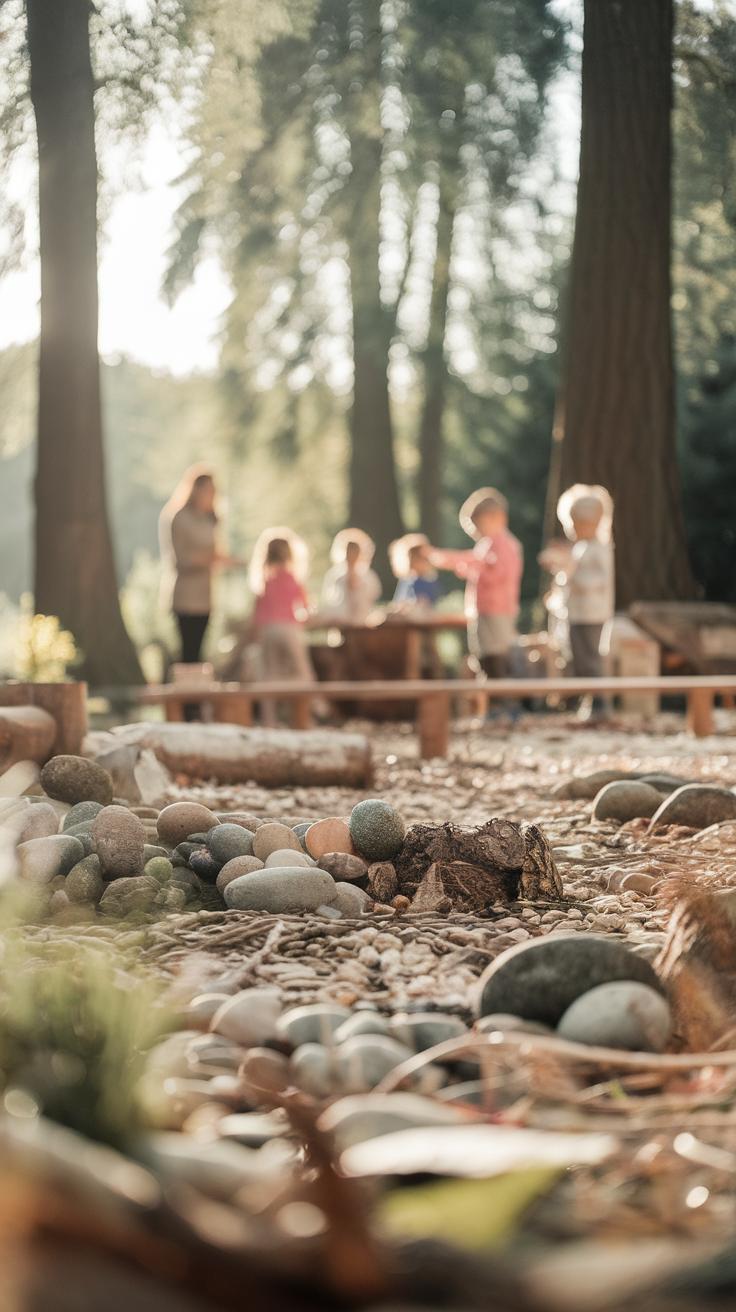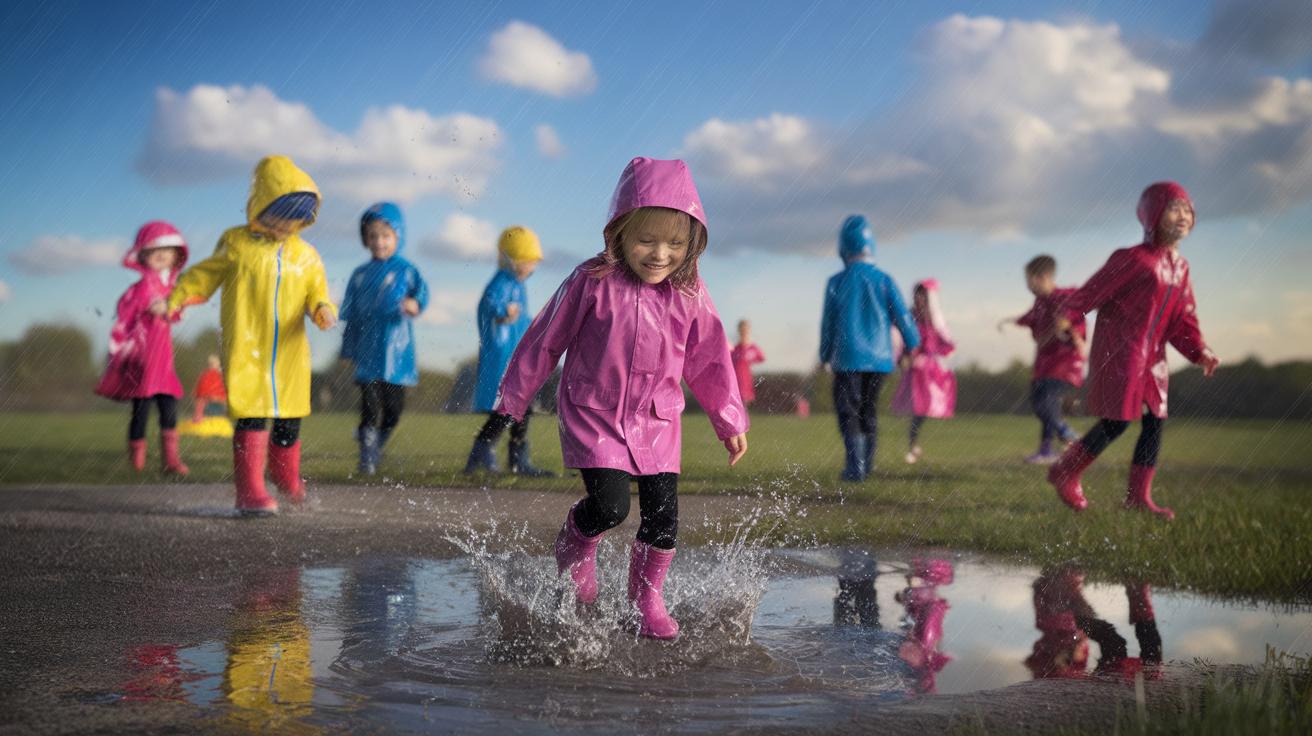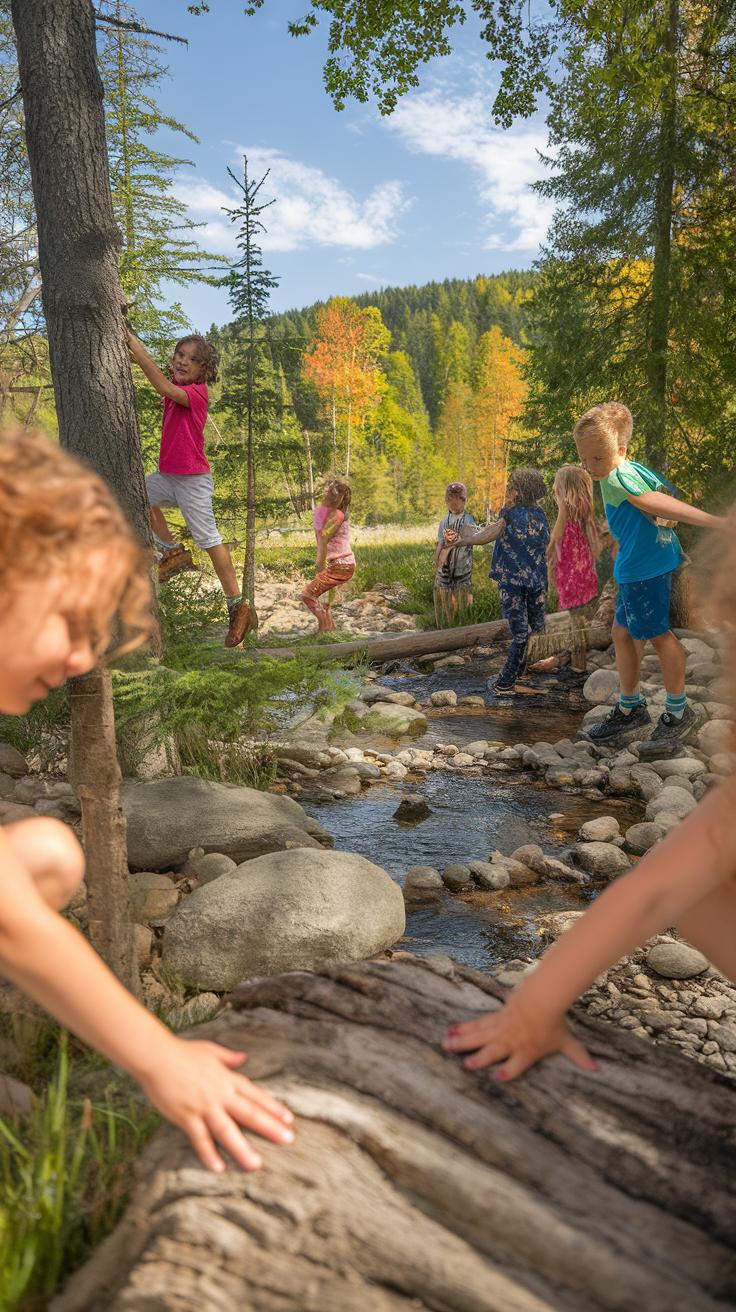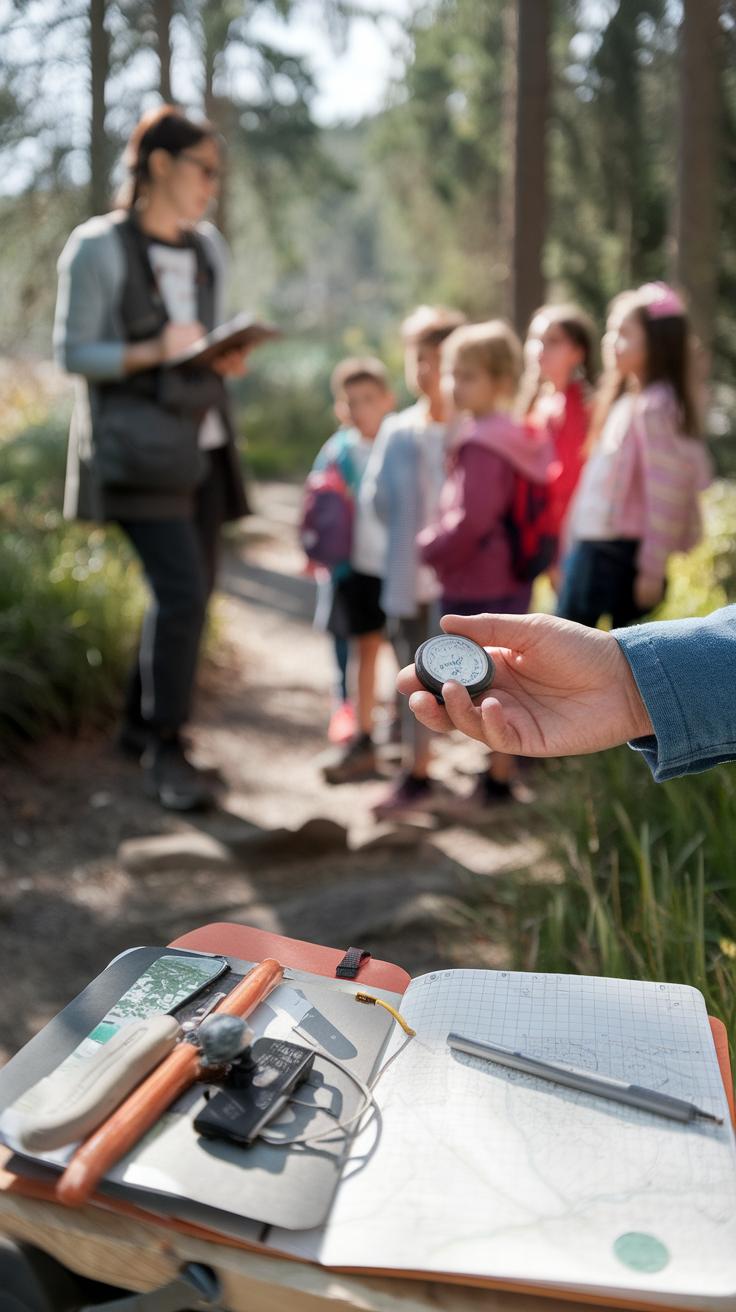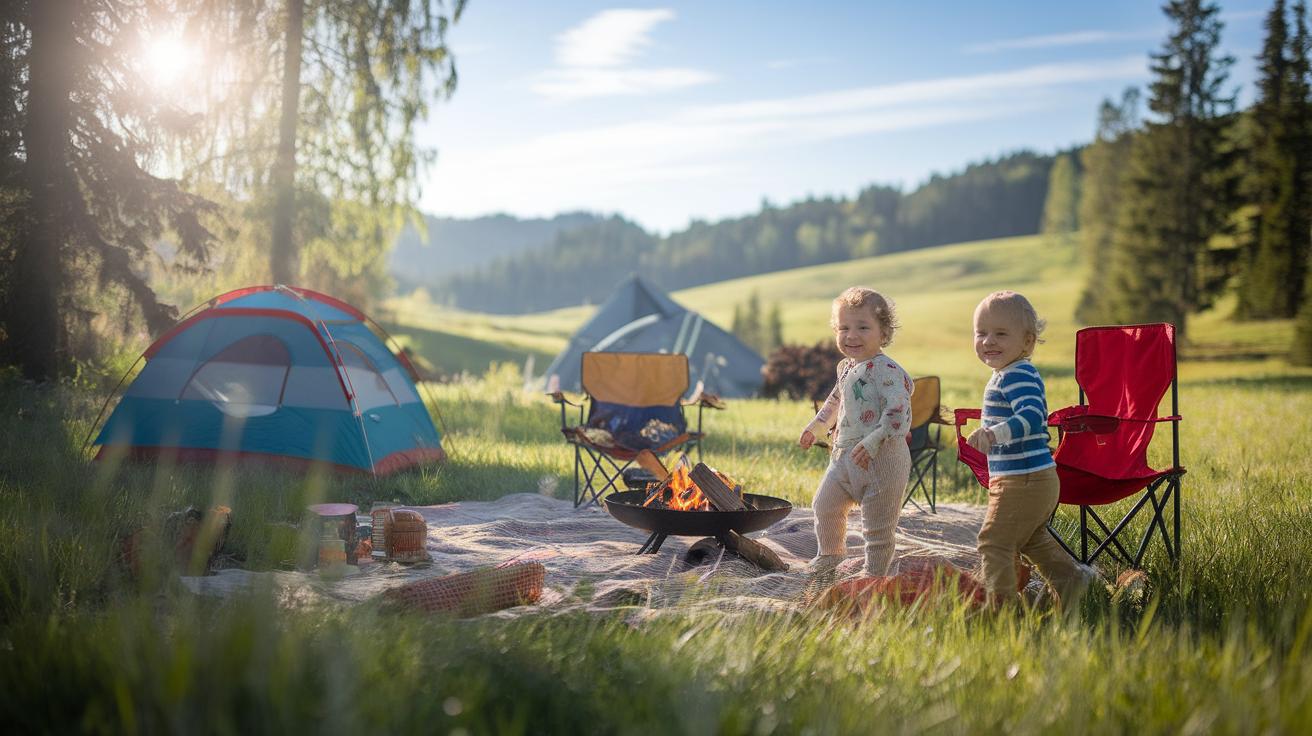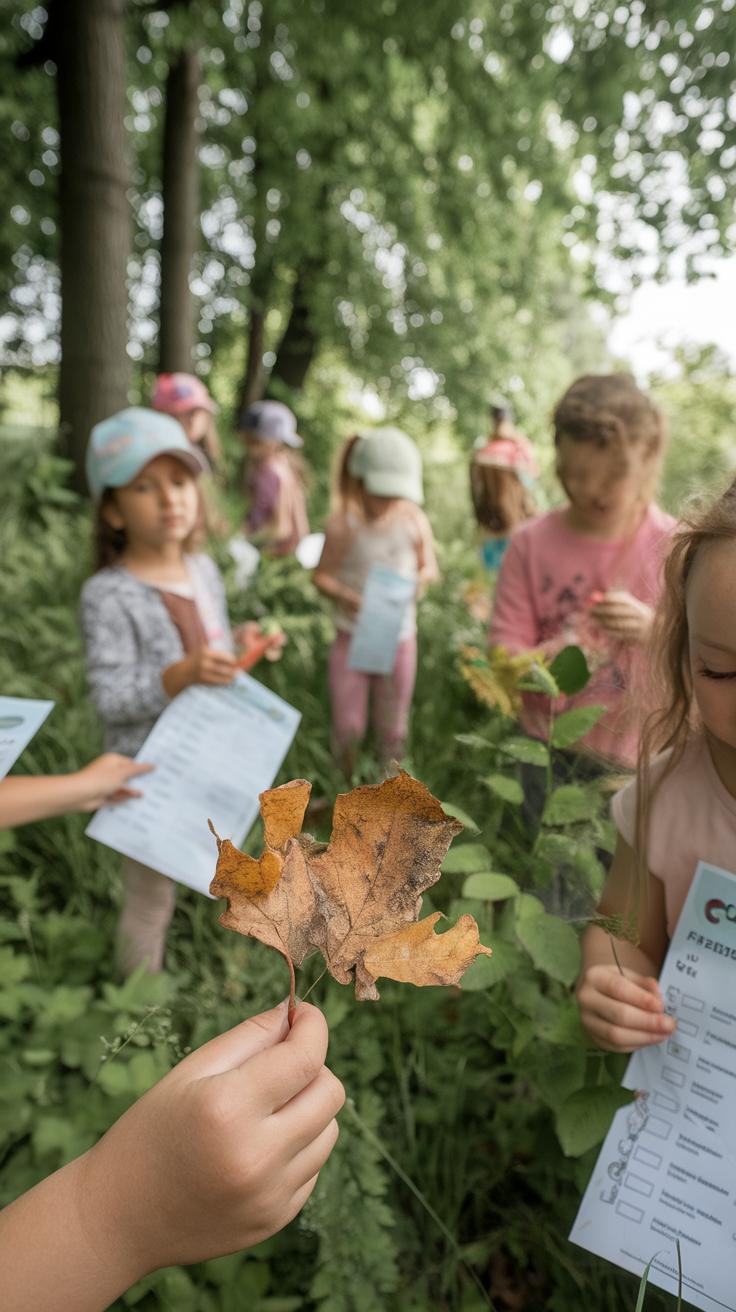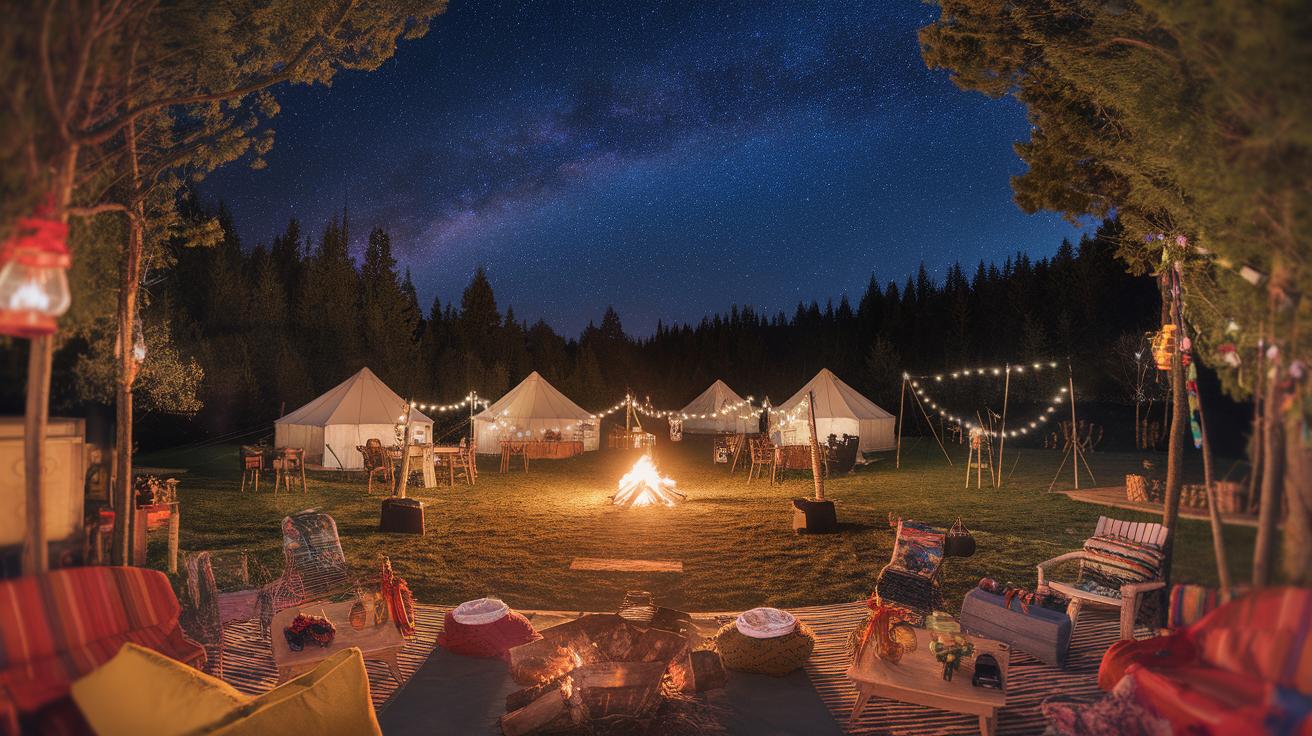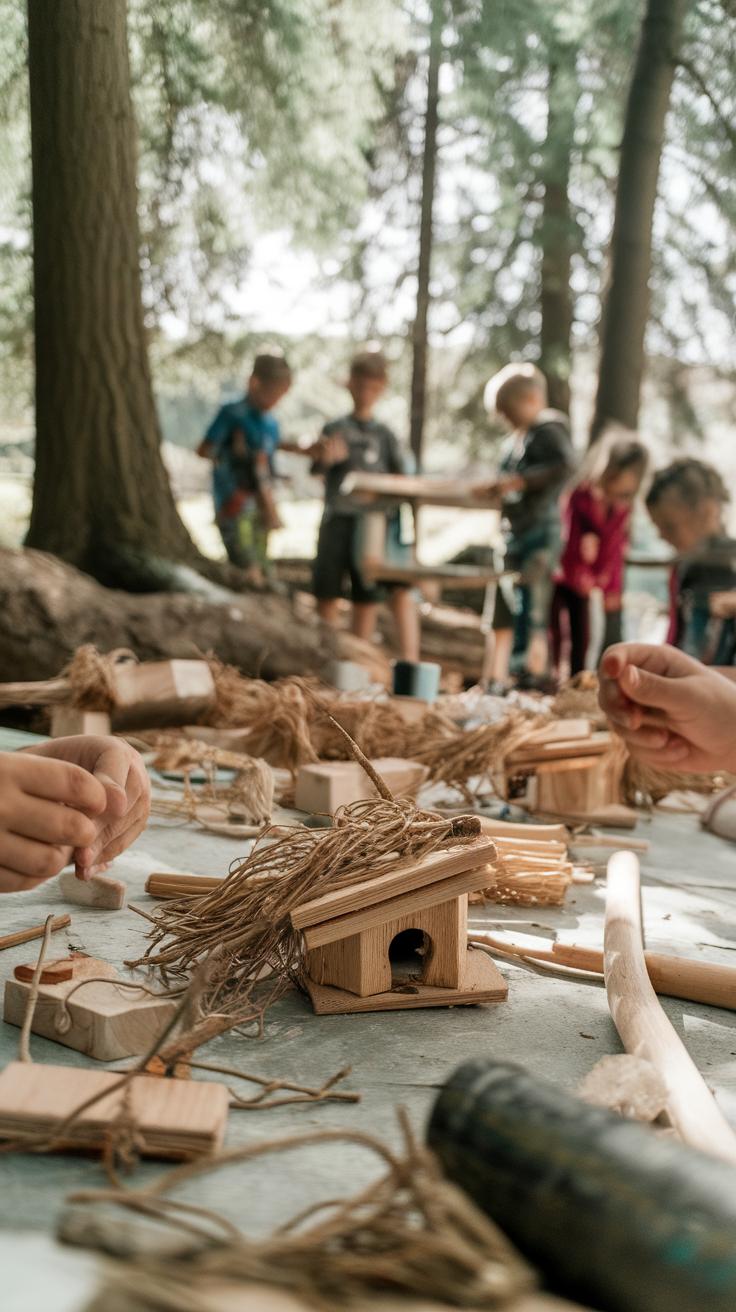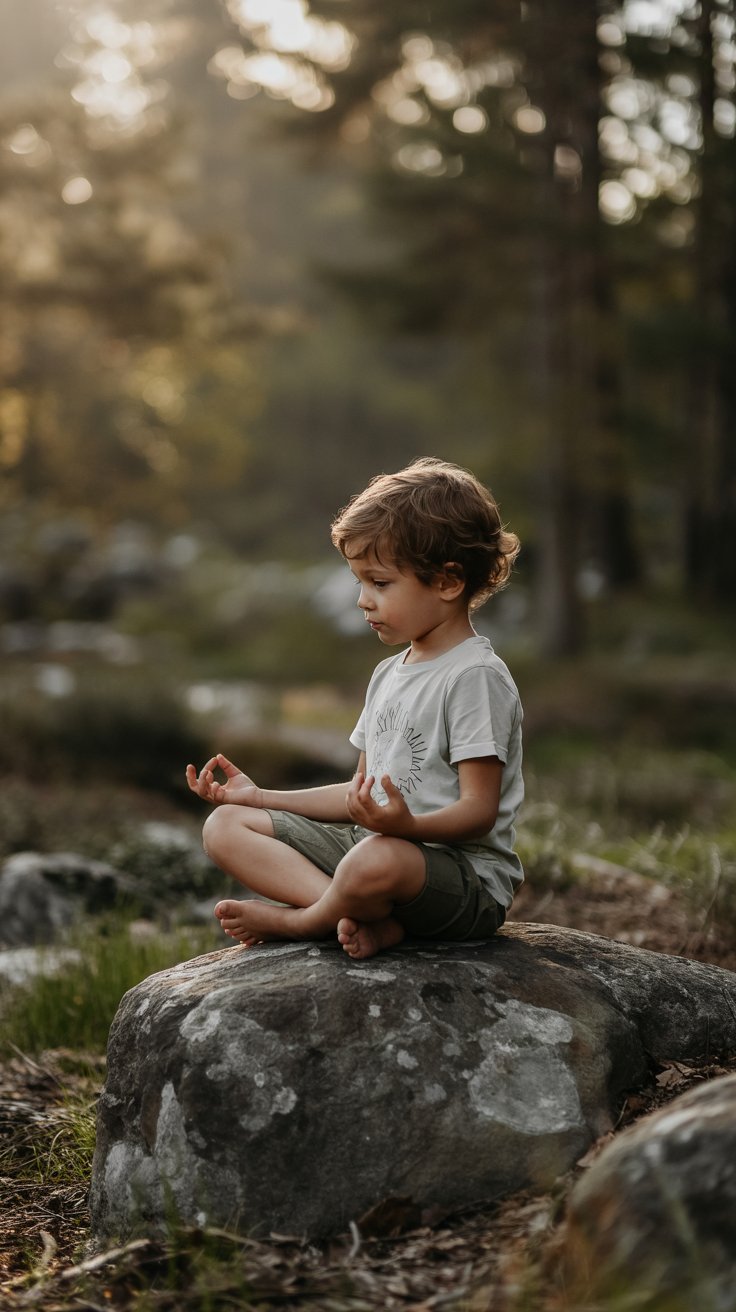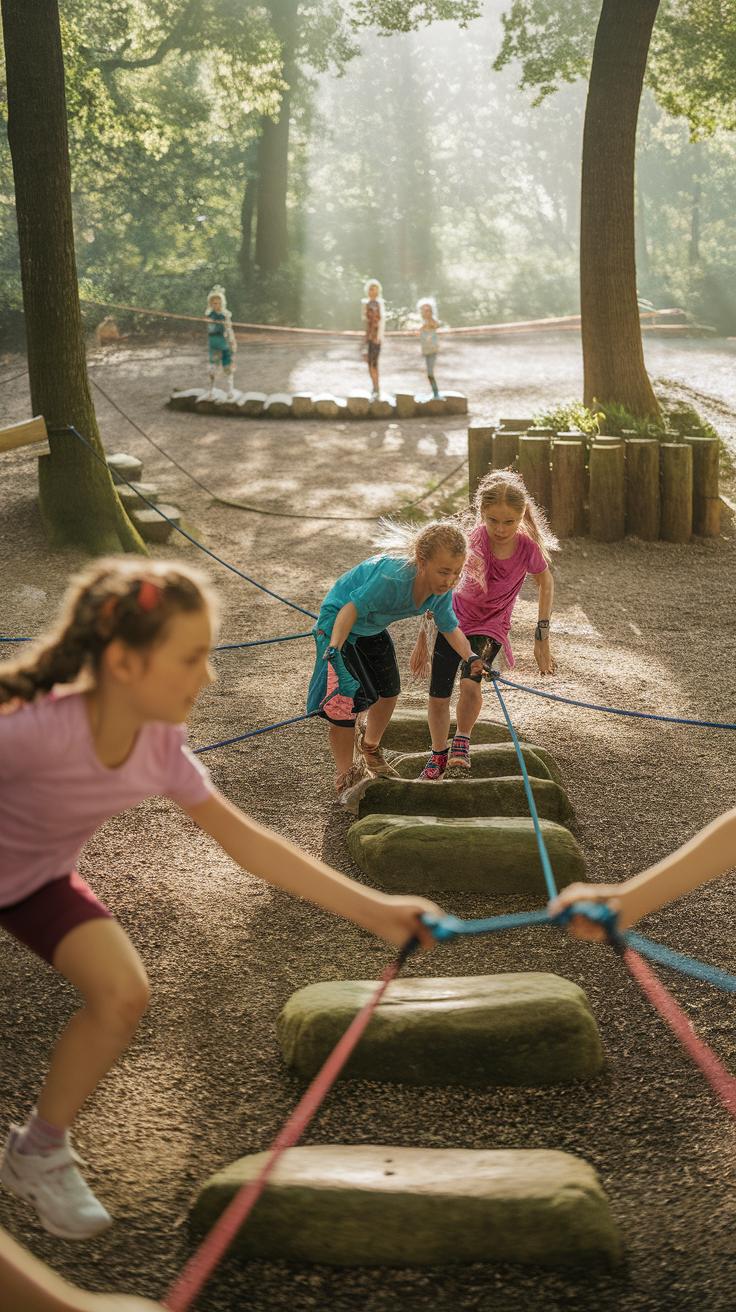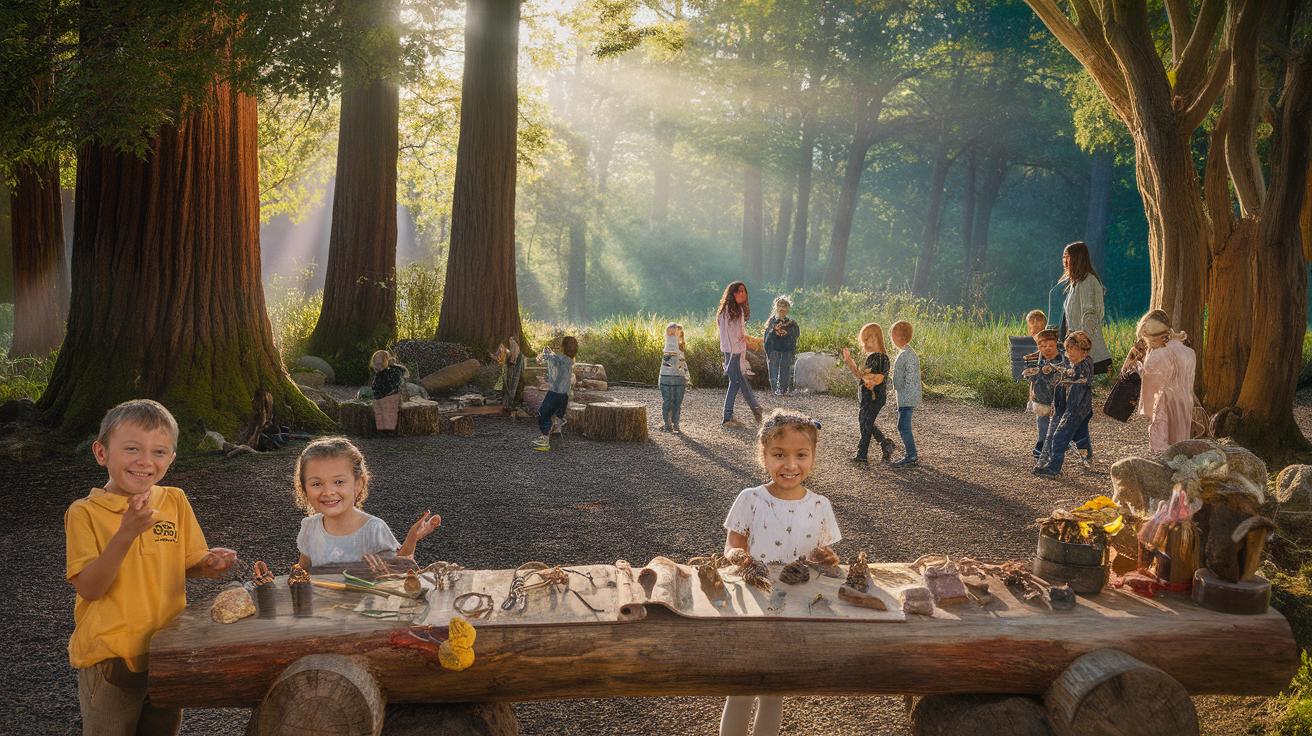
Engaging Forest School Activities To Spark Curiosity
Introduction
Forest school activities offer a unique approach to education, immersing children in natural environments to build their confidence and skills. These outdoor learning experiences focus on hands-on activities, allowing kids to explore, create, and engage with the natural world around them. By participating in forest school, children can develop social skills, improve their physical abilities, and enhance their emotional well-being. This article delves into various engaging forest school activities designed to spark curiosity among young learners.
Understanding the fundamentals of forest school activities can inspire educators and parents alike. By valuing learner-initiated experiences, children can take charge of their learning while forming deeper connections with their surroundings. With carefully crafted programs and a creative approach, these activities cultivate a sense of wonder and adventure, ultimately preparing students to face the challenges of the modern world. In this article, we will explore diverse forest school activities that encourage exploration, imagination, and teamwork.
The Roots of Forest School Instilling Confidence and Curiosity Through Outdoor Learning
The concept of forest school originated in Scandinavia during the late 1950s. It focuses on child-led experiential learning, allowing children to navigate their own environments. Children spend significant time outdoors, exploring natural surroundings while engaging in creative play. This approach nurtures curiosity and builds confidence by encouraging children to take risks and solve problems. Rather than traditional classroom instruction, forest school promotes hands-on activities that foster discovery. Children learn through trial and error in real-life scenarios, developing essential skills in a supportive community. Educators guide this journey by introducing challenges that stimulate critical thinking. Through interaction with nature, children forge a deeper connection to the environment, which inspires a lifelong love for learning and adventure.
Benefits of Forest School Activities Explore the Wide Range of Benefits Associated with Forest School
Social, Emotional, and Educational Outcomes
Forest school activities offer numerous advantages that impact children’s growth in various ways. Engaging with nature helps children build strong social skills. They learn to communicate, cooperate, and resolve conflicts while working in teams during outdoor tasks. Emotional development also flourishes in this environment. Nature allows students to express feelings, manage stress, and develop resilience as they face challenges like climbing trees or navigating uneven terrain.
Educationally, forest school cultivates curiosity and a love for learning. Instead of traditional classroom settings, students experience hands-on activities that connect learning to real-life contexts. This method strengthens critical thinking and problem-solving skills as they explore their surroundings. Overall, these benefits contribute to well-rounded development, making forest school a valuable approach to learning and personal growth.
Getting Started with Forest School Activities Guidelines for Educators and Parents
Implementing Forest School Activities in Communities
Creating a successful forest school experience starts with planning and organization. First, identify suitable outdoor spaces in your community such as parks, gardens, or natural areas. Assess safety by checking for hazards and ensuring all areas are accessible for participants. Next, gather materials that encourage hands-on learning. Items like magnifying glasses, notebooks, and art supplies can spark creativity.
Involve the community by inviting parents and local experts to participate. Build interest by hosting introductory sessions where families can learn about the benefits of forest school activities. Prepare engaging curriculum that incorporates nature into various subjects. Schedule regular sessions to maintain consistency. Encourage observation, inquiry, and reflection in each activity. Fostering curiosity about nature helps promote lifelong learning in young explorers.
Nature Scavenger Hunts Fostering Curiosity and Exploration
Connecting with Nature through Scavenger Hunts
Nature scavenger hunts allow children to immerse themselves in the outdoor environment while sparking their curiosity. By giving kids a list of items to find, such as leaves, flowers, or animal tracks, they actively engage with their surroundings. This not only encourages observation but also enhances their understanding of the ecosystem. Kids learn to identify various elements in nature and appreciate the diversity present in their local environments.
Ideas for Effective Scavenger Hunts
Designing a scavenger hunt can be as simple as curating a checklist that includes easily recognizable items. You might include things like a smooth rock, a pinecone, or a specific bird. To make the activity more interactive, encourage participants to draw or describe the items they find. Consider adding challenges, such as racing against the clock or finding items of different colors. These activities cultivate teamwork, communication, and critical thinking, making nature scavenger hunts a powerful tool for both fun and learning.
Art in the Woods Spark Creativity Through Artistic Activities
Inspiration from Nature
Engaging in artistic activities in a forest creates an amazing opportunity for children to explore their creative side. Surrounded by trees, streams, and wildlife, kids find endless inspiration. Using natural materials like leaves, twigs, and stones, they can craft unique art pieces. Creating nature collages or designing sculptures with found objects connects them to their surroundings. This hands-on approach encourages them to see beauty in everyday elements.
Art Projects that Foster Creativity
Children can undertake various projects that challenge their imagination. They might paint landscapes using mud or create bookmarks from bark. Nature journaling allows kids to combine observation with artistic expression. Writing about their experiences while sketching plants or animals strengthens their connection to the environment. Group activities, such as making a large mural from leaves or flowers, foster teamwork and collaboration, building social skills alongside artistic ones.
Building Habitats for Wildlife Engage in Constructing Simple Shelters
Create Safe Spaces for Local Creatures
Building habitats for wildlife offers an exciting way for children to connect with nature while learning about ecosystems. Participants can use natural materials like twigs, leaves, and stones to create small shelters for various animals. Children can discover the importance of different habitats and how each one caters to specific needs of wildlife. Activities can include designing birdhouses, insect hotels, or small mammal dens, encouraging participants to think about the requirements for warmth, safety, and food sources.
Foster Teamwork and Observation Skills
Working together fosters a sense of community. Children can collaborate to decide where to place these habitats in the forest. As they build, they develop empathy for nearby creatures and learn to observe natural behaviors. After constructing the habitats, they can engage in quiet observation, noting any wildlife interactions, which deepens their appreciation for nature. This hands-on approach not only nurtures curiosity but also reinforces the idea that every creature plays a vital role in the ecosystem.
Mindfulness in Nature
Practicing Mindfulness During Forest School Activities
Mindfulness in nature enhances the experience of forest school activities by encouraging children to focus deeply on their surroundings. Students can learn to listen to the rustling leaves, observe the patterns of growth on trees, and notice the smaller creatures that share their environment. By practicing mindfulness, children connect emotionally and intellectually with nature, fostering curiosity and a sense of wonder.
Activities like guided walks, where children pause to explore sights and sounds, or sitting quietly to observe wildlife, provide opportunities for reflection. Engaging in breathing exercises outdoors helps children appreciate the natural world around them. Implementing mindfulness creates a calm environment that promotes learning and respect for ecosystems, preparing students to embrace the adventure that lies ahead in their forest school journey.
Adventure and RiskTaking
Adventure and responsible risk-taking play significant roles in forest school activities. These experiences encourage children to step outside their comfort zones and embrace challenges. Climbing trees, navigating uneven terrain, and building shelters provide lessons in resilience and self-confidence. As students assess their limits, they learn to engage with their environment more fully.
Participating in activities that involve a certain level of risk allows children to make real-time decisions. For instance, choosing whether to scale a fallen log or explore a nearby creek teaches them to weigh safety against curiosity. These experiences foster critical thinking and problem-solving skills. Guided by skilled educators, children receive support to manage their risks effectively. They develop a healthy respect for nature while learning the importance of social skills, teamwork, and trust among peers.
Conclusions
Engaging forest school activities provide countless opportunities for children to connect with nature while fostering personal growth. From adventurous excursions to creative projects, these activities encourage curiosity and exploration, empowering students to develop crucial skills. The benefits of participation extend beyond academic learning; children gain confidence, resilience, and a newfound appreciation for the environment.
By incorporating forest school activities into educational settings, we can nurture a generation of inquisitive learners. These experiences not only support students in their social and emotional development but also inspire lifelong connections with nature. As we encourage their curiosity and creativity, we set the stage for a brighter future, enriching both their lives and the world around them.

